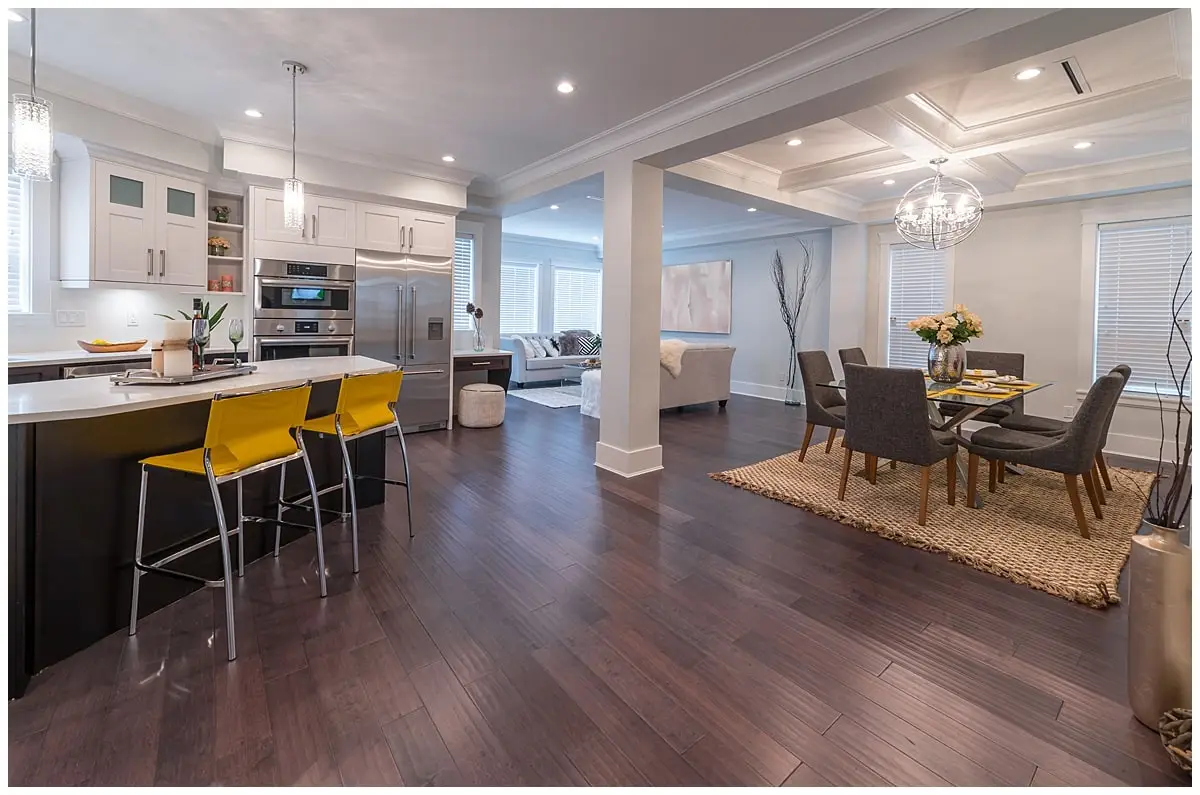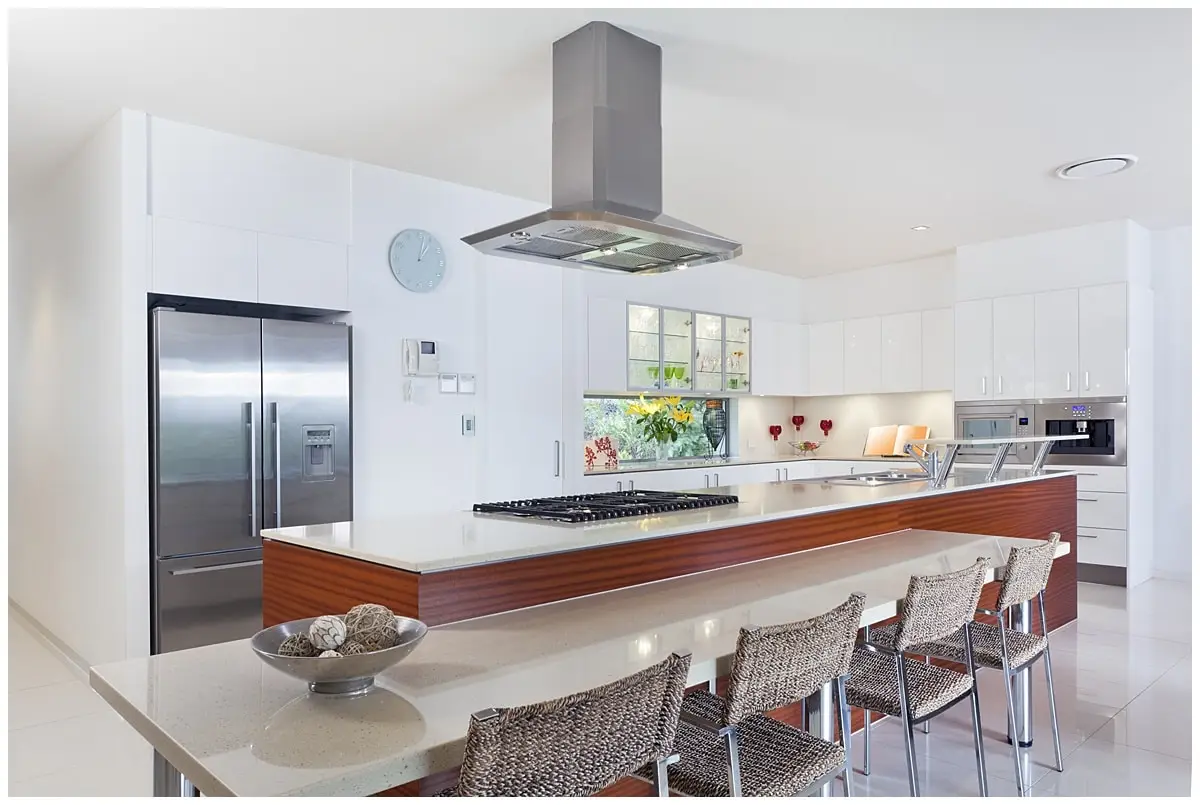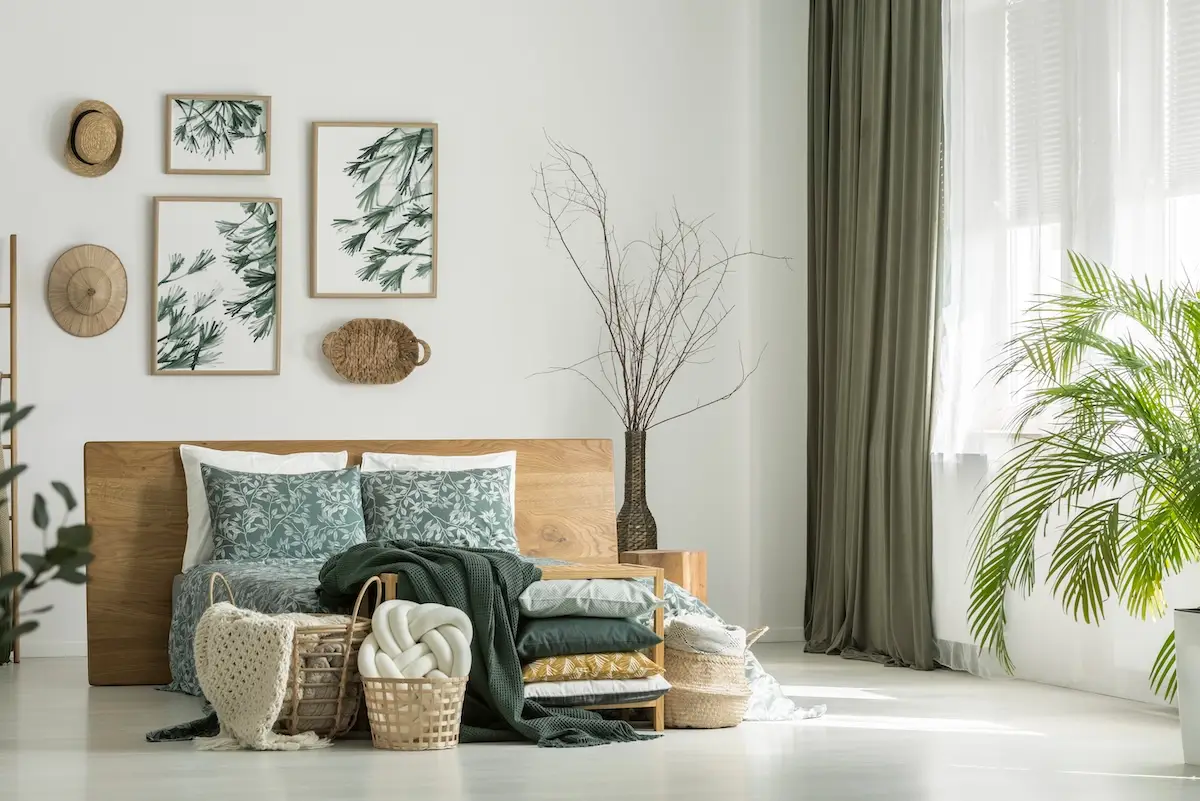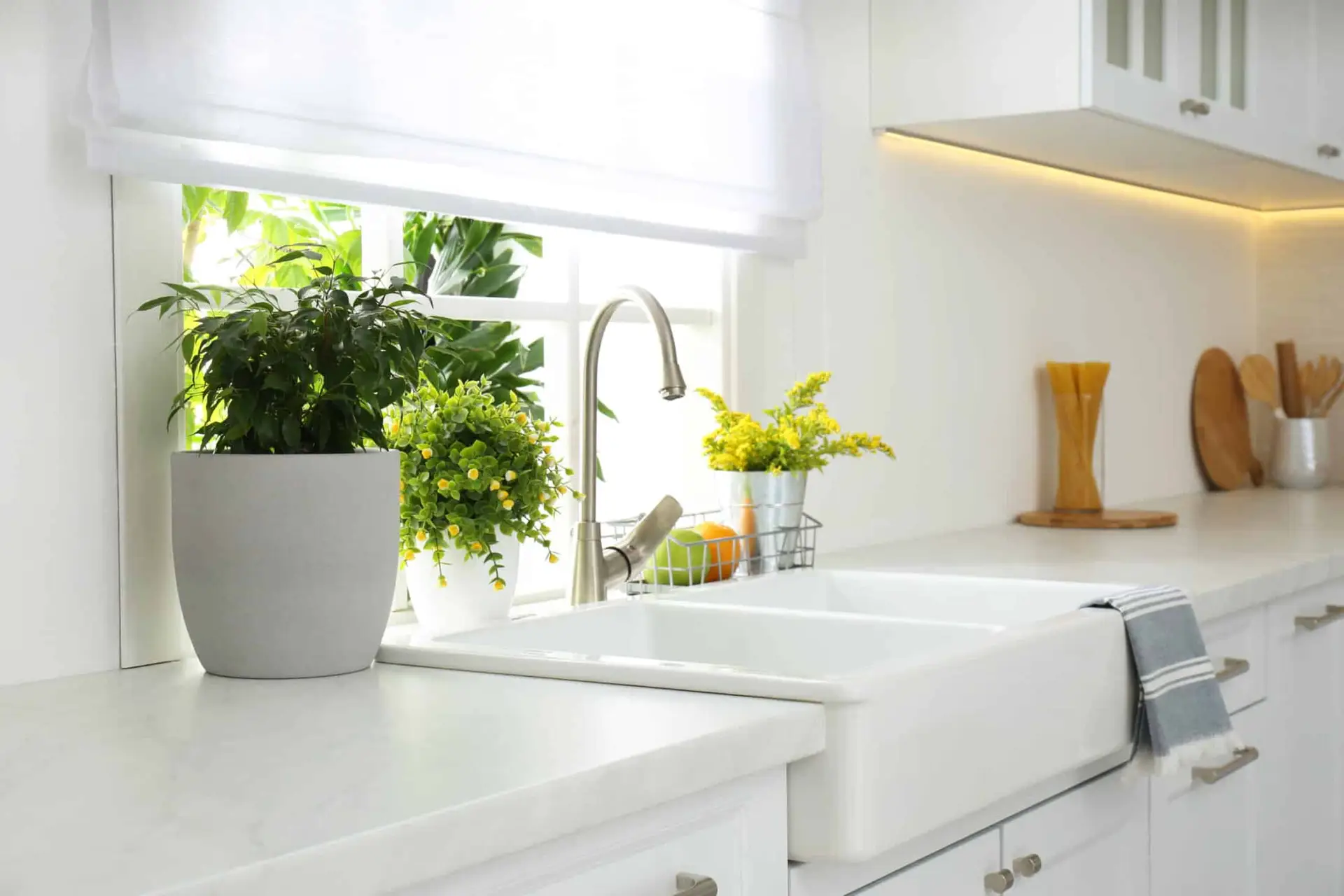As society moves towards understanding and recognizing the importance of energy-efficient building and sustainability design, there is a push for a lesser environmental impact. But what exactly is sustainability design? It’s not some abstract design suggestion – there are procedures and real logic behind how sustainable design works. You can divide sustainable design into three core principles: implementing energy efficiency, adopting eco-friendly materials, and creating a healthy environment.
Energy-Efficiency

Being energy smart goes beyond merely choosing energy-efficient appliances. To be authentically energy efficient, it also involves utilizing energy-wise construction techniques and choosing energy-efficient building design.
Energy-efficient interior design incorporates textiles, like carpet, to improve sound insulation and for retaining heat. Carpeting can improve heat retention by up to 20%, resulting in less heat being used to warm your home. Energy-efficient lighting is also a key concept in energy-efficient building design. Homeowners can use less electricity by utilizing more natural light, thereby improving their carbon footprint. This type of lighting can encourage positive physical and psychological health, too.
Efficient use of space is also a part of energy-efficient building design. It includes creating a space with intentional flexibility so you can change things as you see fit. Imagine your space is designed with flexibility in mind. As a result, there’s a lesser chance of renovation as you are more likely to embrace eco-friendly replacements and options.
Eco-Friendly Materials
Using eco-friendly materials is more than just using reclaimed pieces or recycling items for a different purpose. That’s not to say that upcycling isn’t a big part of sustainability, but there’s more to it. Thinking about using eco-friendly materials means choosing items that have a low environmental impact. Not only does that include renewable resources like bamboo and banana fiber, but it also means deciding between raw cotton and hemp fiber based on which one has a lesser impact on the environment.
There is also the Life Cycle Assessment. This is a scientific method that analyzes the impact of products and materials on the environment. Understanding the LCA helps in making decisions in materials if you want to be energy efficient. Additionally, it ensures that you purchase quality and functional items as opposed to something just because it’s trendy.
Healthy Environments
Sustainable design includes designing for waste reduction so that fewer products like walls or light fixtures are discarded or replaced. Instead, it encourages creativity for consumers. Air quality is also a critical component of having a healthy environment. You can improve air quality using appliances that minimize indoor air pollution or by adding living plants to your home.
Embracing Sustainability Design

Choosing the right materials and eco-friendly interior design is a wonderful way to give back to the environment. It reduces your impact and you can embrace knowing that you’re making a positive impact to the world. Our designers at WPL Interior Design are here to help you find the best choices for your household and lifestyle. For more information on how to make more sustainable decisions in your next home project, fill out our design inquiry form today.




